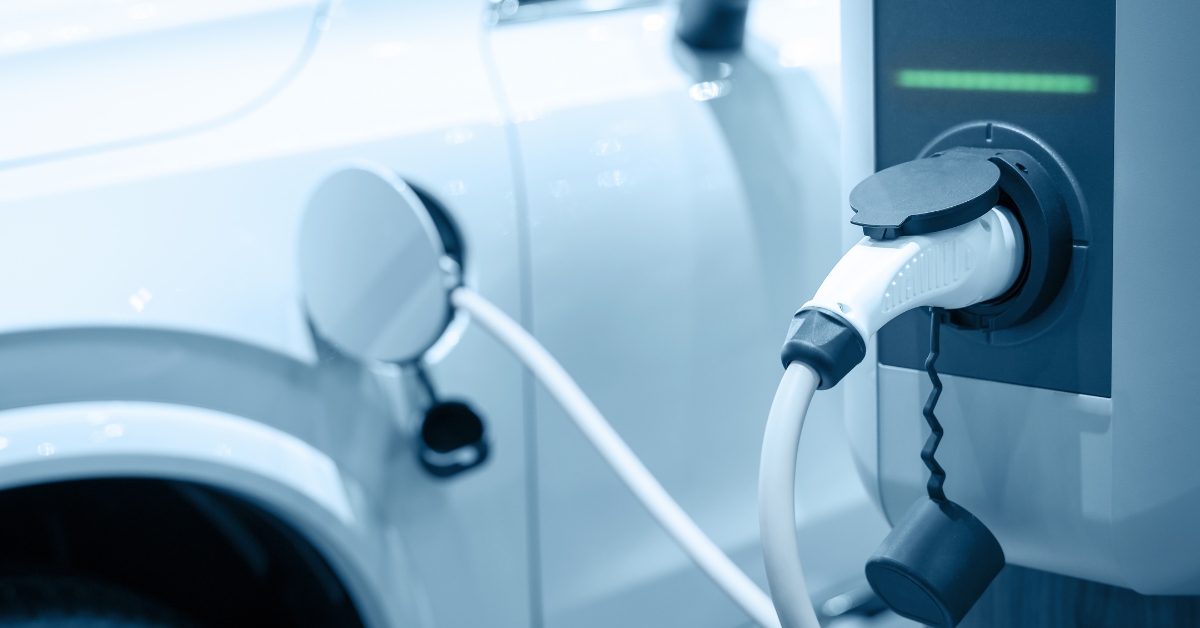
Rising Electricity Rates Challenge Claims of Cheap Wind and Solar Energy
The debate over renewable energy, particularly wind and solar, is often framed around their cost-effectiveness compared to traditional energy sources like natural gas and coal. Proponents of renewable energy frequently tout it as the cheapest option, leading to its increased usage in the U.S., from 5.6% in 2015 to nearly 15% in 2022. However, the reality is more complex than it appears, especially when it comes to the impact on electricity rates.
Despite the reported increase in wind and solar energy production, electricity rates across the United States have not decreased as one might expect if these sources were indeed the cheapest. Instead, there have been widespread reports of rising electricity rates in states like Illinois, California, Wyoming, and many others. This contradiction raises serious questions about the claims of wind and solar energy’s cost-effectiveness.
The crux of the issue lies in the metric used to evaluate the cost of energy sources: the Levelized Cost of Energy (LCOE). LCOE is a metric developed to compare the lifetime generation cost of different power plants. However, it has a critical flaw when applied to wind and solar energy: it assumes that electricity will be consumed as it’s generated. Unlike natural gas or coal, which can provide consistent power, wind and solar are intermittent, relying on specific weather conditions. As Lee Cordner, a power-grid consultant, points out, “Wind is cheaper 30% of the time. The other 70% gets really expensive,”
A real-world example illustrates the issue more clearly. Google’s plan to run its operations on 100% renewable energy by 2030 offers a case study in the practical challenges and costs of such a transition. A hypothetical 100-megawatt data center running on natural gas would cost significantly less than the same facility powered entirely by solar and batteries. The initial investment in solar farms and battery facilities, the need to double the size of solar farms for winter days, and the maintenance of a gas plant for backup on snowy days all add up to significantly higher costs than you might expect.
The calculation for a fully renewable system reveals that, at 17 cents, the cost per kilowatt-hour for a solar-battery setup is significantly higher than that for a natural gas plant, even when considering a 20-year amortization. If we look at a more realistic 10-year amortization, the cost doubles to 34 cents per kilowatt-hour. This is a stark contrast to the average U.S. electricity rate, which was 12.68 cents per kilowatt hour as of October 2023.
Furthermore, the land use required for renewable energy is substantially greater than for fossil fuels. A 100-megawatt natural gas plant needs only about 12.41 acres, while a solar farm for the same capacity requires a staggering 4,000 acres, plus additional land for battery storage. This vast difference in land usage is often overlooked in discussions about renewable energy.
Looking at these figures, it becomes clear that transitioning to 100% renewable energy is not just a matter of replacing one energy source with another. It involves massive financial investments, significant land use, and a complete overhaul of existing infrastructure. For a single data center, this transition requires investing over $2 billion every 10 to 20 years.
The Biden administration’s goal of achieving net-zero emissions by 2050, including 100% “clean” electricity by 2035, seems even more daunting when considering these costs and logistical challenges. If a single data center’s transition to renewable energy is so expensive and complex, imagine the scale of investment and infrastructure overhaul required for the entire country.
While renewable energy sources like wind and solar are often promoted as the cheapest and most efficient alternatives to fossil fuels, the reality is far more complex. The hidden costs, intermittent nature, and significant land use associated with renewable energy sources make them a much more expensive and challenging option than often portrayed. As we debate the future of our energy policy, it’s crucial to consider these factors and work towards a balanced and realistic approach to energy production and consumption.











